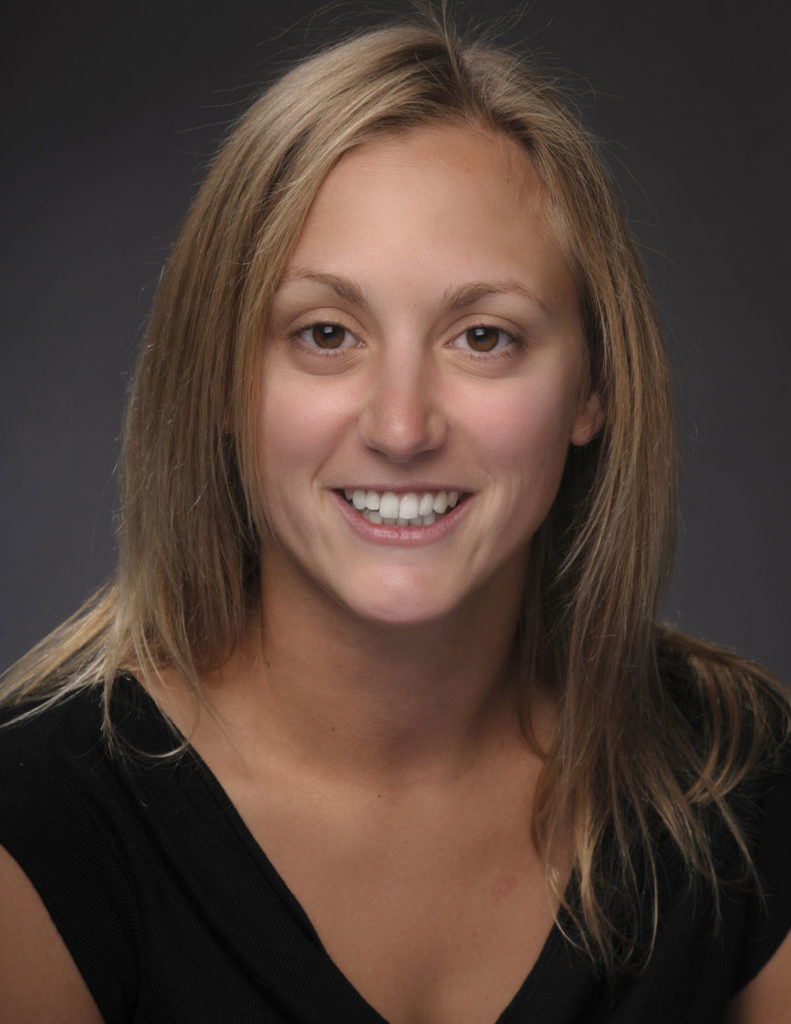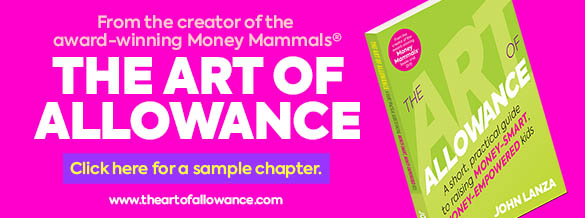
“Instead of just thinking about student loans at once, in a vacuum, as […] one issue, we need to think about it in the greater perspective of everything that these young adults are really spending their money on.”
—Dr. Carly Urban, Ph.D.
Wondering about the effectiveness of personal finance education in the classroom? Did you know that there is good and bad student debt? My recent conversation with Carly Urban is full of informative findings and practical advice. Carly is an Associate Professor of Economics at Montana State University and a Visiting Scholar with The Office of Financial Education at The Bureau of Consumer Financial Protection. She is also an affiliate of The Center for Financial Security at The University of Wisconsin-Madison. Carly completed her Ph.D. in Economics at UW-Madison, and she holds a B.A. in Economics and International Affairs from The George Washington University. Her work, largely focusing on the causal effects of financial education on behavior, has been published in top economics and interdisciplinary peer-reviewed journals as well as featured in prominent media outlets, including Bloomberg News, CNN Money, Market Watch, The New York Times and TIME.
SHOW NOTES (Find what’s most interesting to you!)
- Carly’s “arm’s-length approach” to financial education and financial literacy [2:21]
- How Carly and Max Schmeiser defined what school personal finance education really means [5:24]
- Why Carly is wary when states have supposedly added personal finance courses [6:49]
- The Survey of the States from The Council for Economic Education (CEE) notes that 17 states currently require a personal finance course to be taken. By Carly’s definition of personal finance, the number is actually closer to 22. [8:09]
- Carly explains why previous financial efficacy data is flawed. [10:39]
- Carly corrects my mistaken assumption that a state (like California, for example) with no apparent mandate for financial literacy education doesn’t have requirements at local levels. Roughly 9.4% of California schools have a required standalone or integrated personal finance course. It is less than 1% if you consider only standalone courses. [12:49]
- How Carly conducted her initial personal finance efficacy studies [16:44]
- An introduction to the student loan behemoth [21:10]
- Stafford Loan types (subsidized and unsubsidized) and why it might make more sense to take out larger loans when possible (and within the federal limits) [25:39]
- Why the gross student loan debt numbers — which sound massive and awful — must be considered in context (Carly explains that the causal effect of personal finance courses is that students make smarter decisions about, for example, taking out lower-interest student loans versus accumulating higher-interest credit card debt.) [28:39]
- What is manageable student debt? This student loan payback calculator might help. You can also check to see if your financial institution offers a financial reality fair. [31:09]
- The wisdom of private college counselors (the folks hired to help students with their higher education searches) and test prep [37:39]
- Carly suggests that high school seniors are underapplying to colleges and universities. [44:39]
- Money empowerment as utility maximization [46:53]
- The importance of CPR training (and Carly’s past experience with the Heimlich maneuver) [47:27]
- “Take risks while you’re young.” [48:29]
- “Go play outside.” [48:54]
- Carly’s reasoning for NOT recommending financial literacy books [49:11]
- Connecting with Carly on the web [49:54]
- Carly invites you to email her if you would like an objective review of any financial literacy research that makes you question the concept’s effectiveness. [50:35]
- Jump$tart’s Project Groundswell can help bring financial literacy into schools at the local level. You can also review this Consumer Financial Protection Bureau (CFPB) report on the causal effects of financial education in the youth base. [51:16]
- Here’s a link to the Free Application for Federal Student Aid (FAFSA) that is mentioned repeatedly in this episode. It produces the Estimated Family Contribution (EFC), another term also discussed a few times.
Looking for even more information on the status of financial literacy in the classroom, and interested in beginning or jumpstarting a conversation at home? Certified Financial Planner and fellow podcast host Breanna Reish offers her perspective on these topics.
Curious about the notion of life satisfaction? Carly and I briefly discuss this subject, but my conversation with Ashley Whillans is more robust and also delves into the related concept of happiness.
If you like this podcast, then please give us a review and subscribe to the show. The Art of Allowance Podcast is available on iTunes, Spotify, Stitcher or Radio Public. Subscribing is free, and it will help me produce more enriching content for you to enjoy. Thanks!
You might also want to check out The Money Mammals, our program to get your children excited about money smarts when they’re young. Until next time, I wish you and your family well as you journey forth. Thanks for listening.

